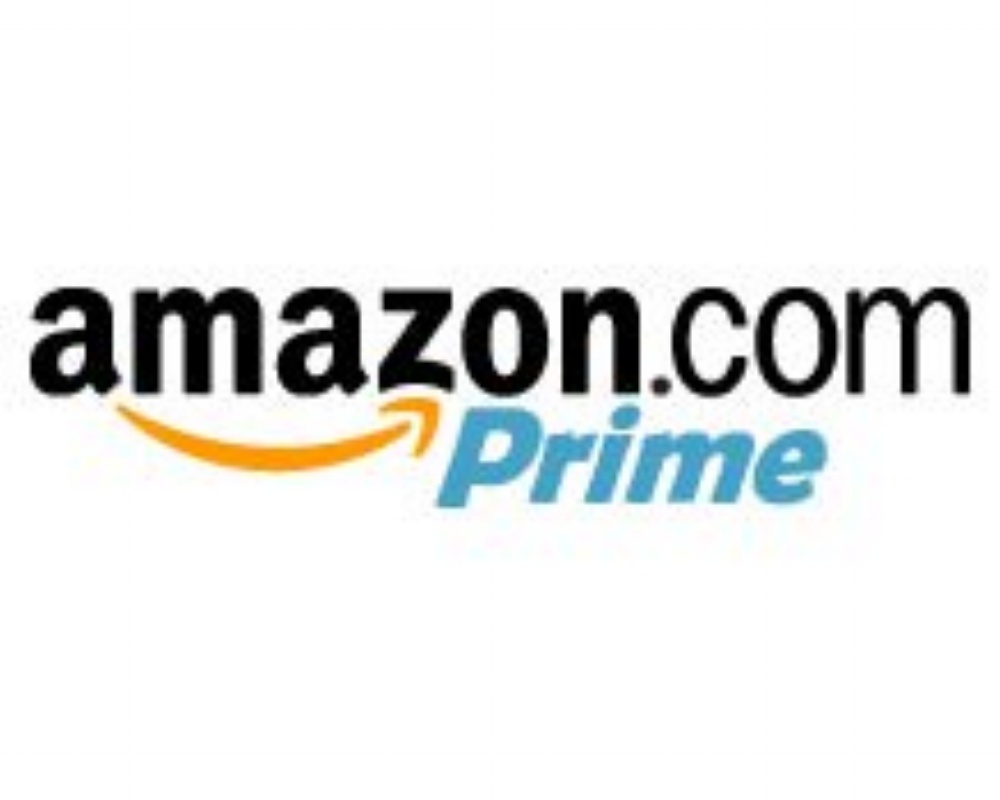
Amazon Prime: Creating the Total Package?
You’ve probably heard of Amazon Prime. It started in 2005 with an offer of $79 per year to receive 2-day shipping on all orders. Would customers be willing to pay the extra amount just to get 2-day shipping? Why would they pay extra when most consumers were hurting financially? How would Amazon not lose money by offering 2-day shipping on all purchases for only $79 a year?
Amazon Prime has now been in existence for 8 years and the offering has been overwhelmingly received by customers. According to tracking of Prime purchases, members spend over three times more on an annual basis than non-Prime shoppers; which more than pays for the shipping costs and has even helped fund many of Amazon’s new distribution centers needed to offer the service. But how does Amazon keep enticing its customers to renew while encouraging new members to sign up? The answer is simple, they continue to add value.
In April 2013, Amazon posted 14 pilots online, including the show "Betas," and let viewers rate them to pick which ones to bring to series. It's a nerve-racking process for creators and prompted some critics to accuse the company of making television by committee. But the populist strategy is shaking up the standard network and cable paradigms as Amazon takes aim at online competitors such as Hulu and Netflix. Non-Prime members can watch three shows of a series for free; if they want to see the rest they must subscribe. Amazon Prime is cheaper than Netflix, offers unique TV shows AND free 2-day shipping. Genius. Content is king and Amazon is taking over the kingdom.
To top it off Amazon somehow convinced 60 Minutes to do a 14-minute segment about their new “drone delivery” system that would deliver packages in half and hour or less. What’s so special about being on 60 Minutes talking about a technology that won’t be viable for at least six years and probably longer? The segment aired the night before Cyber Monday, the largest online shopping day of the year. Genius. A free 14-minute commercial by talking about futuristic technology that may or may not ever be feasible.
So what can marketers learn from Amazon?
- Treat different customers differently. Your company is valuable to different people for different reasons, and not all customers are going to be ideal for what you offer. It’s okay to offer different products and offers to different people. What are the opportunities for your business to create value-added services or other options to generate more revenue and deepen relationships with your best customers? It’s not a matter of “fairness,” it’s about doing the right thing for your best customers.
- Customer loyalty is a good investment. When Amazon introduced its Amazon Prime membership service, many analysts predicted that this would be bad thing for Amazon, eroding its profit margins. After all, how can Amazon afford to ship so many packages, in two days, for a flat $79 fee? However, the results showed that Amazon Prime has helped to improve customer loyalty, boosted overall sales volume and made it more than efficient for Amazon to come its shipping costs.
- Take chances. Don’t follow the crowd. Set yourself apart by creating unique service or product offerings for different customer segments and creating marketing opportunities that are out of the ordinary (or don’t seem like marketing at all…)
So how do you care for your best customers? How do you encourage new customers to take advantage of what you offer like your best customers do? How do you make buying friction-free and easy? Could you create services or offerings that will make your customers feel special, create customer loyalty AND increase revenue?








